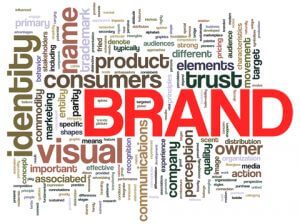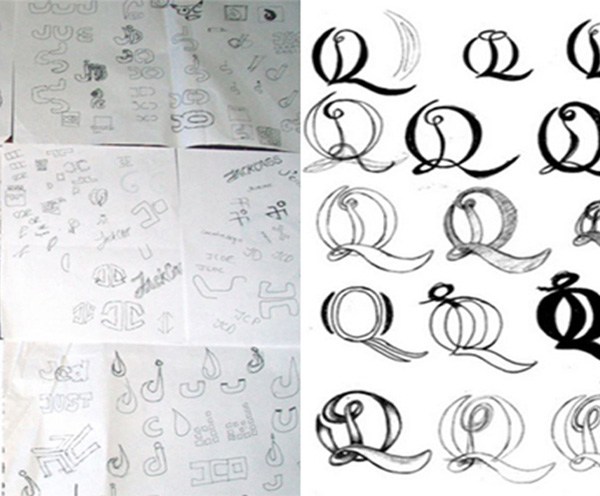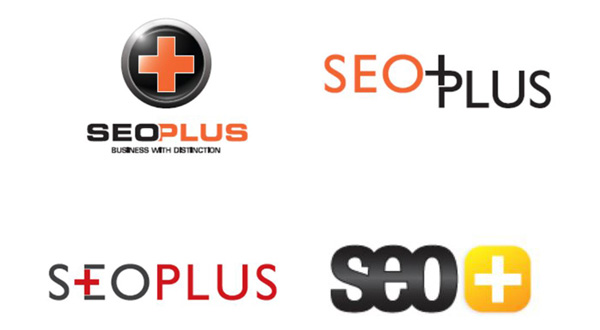 When we think of a “brand,” we think of the popular global brands like Amazon, Nike, Coke, etc. However, there is more to branding than spending millions of dollars to create global recognition for your brand like these large companies.
When we think of a “brand,” we think of the popular global brands like Amazon, Nike, Coke, etc. However, there is more to branding than spending millions of dollars to create global recognition for your brand like these large companies.
In today’s connected world, people are bombarded by businesses, products, services, promotional messages and advertisements in just about every channel. In such a cluttered marketplace, how do you stand out and create a positive image of your business with the right audience?
This is where professional branding services play a vital role.
What are branding services?
Whether you are deciding on a name for a new product, service or a logo, you need to create a differentiator from your competitors. You need more than just a name, form and typography. Branding is about understanding the attributes that your target audience appreciates in a business and blending your business values and personality with these attributes. The idea is to project what your business is all about in a way that would connect with your target audience.
Branding services include:
- Business, product or service name selection
- Developing a brand identity usage guidelines
- Brand messaging statements
- Brand marketing and promotion strategy
- Developing marketing collaterals
- Presentation design
- Customer persona development
- Logo design
- Brochure and stationery design
- Vision and mission statements
- Packaging and product design
- Website design and development
- Email and landing page design
- Employee communication and messaging
The need for professional branding services
Many business owners make the mistake of only thinking of their brand after their business or products launch. Even the company logo is often forgotten. When the realization of the need for a logo finally dawns, many businesses either retain the services of freelance designers or buy a pre-designed logo online. Most believe that it does not matter. By the time reality sets in, the damage is done. You do not get a second chance to make a first impression, and your logo is often the very first thing someone will notice about your business.
According to branding and marketing experts, the value of a company’s goods and services are measured by presentation of the brand. In other words, consumers will judge the value of your business by how they perceive your brand. So, let’s say that you own a financial services company. Your consumers will not only judge your business on the banking products that you offer, but they will also judge you on your brand.
Consumers are very prejudiced when it comes to comparison shopping. Sure, they want quality service and an excellent product — they also want it to be wrapped in a nice package – consistently.
Every business is unique and wants to recognized for the unique value they provide. However, how do you project your value proposition? How do you create the business differentiator that will make you stand out from your competition? This is where professional branding services come in.
If your goal is to gain more clients or leads, here are a few important tips branding:
Understand your audience.
The very first step in creating a brand differentiator is knowing and understanding your target audience, their preferences, and their persona. The more specific you can be in terms of gender, age, socio-economic profile, preferences, interests, etc., the better you can target the audience. Typically defining a target audience persona also involves giving them imaginary names and histories.
Define your value proposition.
Once you know whom you are targeting, you need to determine why that audience would want to do business with you. What unique values does your business have that would make your audience prefer you over your competition. This value proposition can then translated into:
- A business vision
- A mission statement
- Promotional tag lines and marketing slogans
- Internal communication messages
- Brand messaging guidelines, etc.
Your marketing efforts need to align with these value proposition statements you create for your brand.
Be unique.
One of the greatest business risks is if your audience thinks you are a “copy-cat” service. Unless they perceive you as unique and identify with your brand values, they are unlikely to do business with you. Your logo, messaging, colors, forms, style…everything about your business should reflect your business personality and value proposition. That is what will make you stand out from your competition.
Be consistent.
If your audience sees different messages, different versions of your logo, different business personalities, it will confuse them. When people from your business interact with potential customers, their language, tone, personality, etc., needs to be consistent with your brand messaging. Your target audience should get the same brand experience wherever they encounter your brand.
Consider different marketing channels.
Think about how your brand personality would develop across various marketing channels. How could the brand continuity work between your brochures and online marketing? How would your company website communicate your brand message and personality? Do you need to create just one brand identity or do you need different corporate brand and product/services brands? Does your brand name reflect your brand personality? Your brand marketing strategy needs to answer all these questions and be clear and consistent.
Hire a skilled design team.
Although there are several logo designing programs available in the market, if you are not experienced in creating eye-catching images, your design may appear amateurish. To avoid this common pitfall, it is better to do it right the first time. A professional brand identity firm will not only be able to create a compelling logo design for your business, but they will also be able to create a complete brand identity and brand marketing strategy for your company.
Flying Cow Design has decades of experience in building and growing brands, creating eye-catching logos and developing comprehensive digital marketing plans for our customers. We have witnessed clients’ businesses grow just from having a well-designed brand image. If you want to impress your new and existing clients, a skilled design team is the answer.


